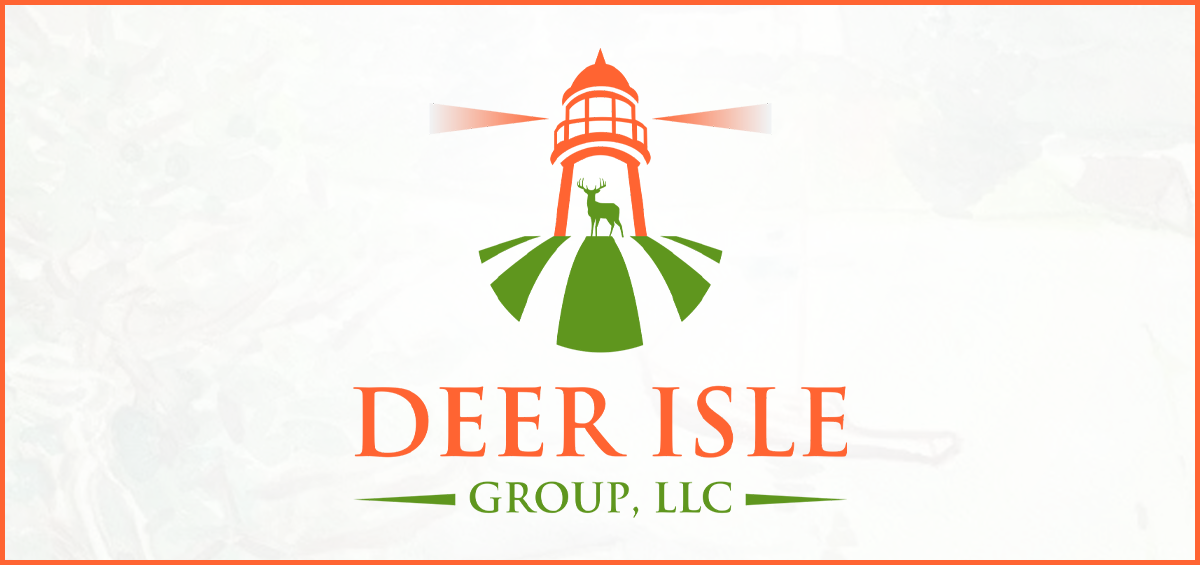2024 TOP 10: LP and GP Lookback

As an active participant in the private investing ecosystem, I am subconsciously urged to join the ubiquitous fray of end-of-year retrospections. However, I want my entry to be low-fuss and low-stress. As we all know, the investment world is extremely dynamic. Particularly, in the private investing world, absolute statements age very badly. In my view, lookbacks are more of a time marker, rather than an emphatic declaration of earth-shattering epiphanies or an entrenched new normal.
In no particular order, I list below ten topics I heard mentioned most by LPs and/or GPs in 2024. This is merely a report on what I experienced, but since I decently get around, I think the topics are a reasonable snapshot of what hit the radars of most GPs and LPs in 2024.
- Continuation vehicles: Discussions around continuation vehicles were abundant. Whether LPs mulling DPI versus long-term value accretion decisions, GPs navigating structures to appease LP realization needs while preserving the potential for further upside, or secondary funds professing that these GP-led transactions are the best thing since LP-led transactions, continuation funds seemed inescapable. I think more textured wet blanket conversations about alignment, valuations, and data around real eventual exits will soon start to crash this raucous party.
- NAV lending: The molasses pace of private equity exits continued from 2023 into 2024. A sparse IPO and scant M&A environment have spurred an increased need for creativity around generating liquidity. NAV lending, GPs borrowing capital secured by the net asset value of fund holdings, has emerged as a non-elegant solution to help alleviate liquidity needs for distributions, cash flow management, portfolio company support, etc. NAV lending has some logical advantages such as value preservation, flexibility levers, potentially lower cost due to diversified collateral, etc. However, LP murmurs of concern are slowly starting to grow into a roar because of risks inherent in the cross-collateralization of assets, the general addition of leverage to already leveraged assets, and the likely increased misalignment from a GP borrowing capital to do more deals when the equity market might be signaling otherwise.
- AI (Artificial Intelligence) and ML (Machine Learning) make everything great again: In private investing circles, AI/ML graduated from being these things that were heralded (as investments or applications) mostly by venture managers to buzzwords in almost all private asset classes. In 2024, buyouts, real estate, real assets, credit, and even secondary managers talked about how AI/ML can enhance returns, by increasing the efficient parsing of large pools of data or directly or derivatively becoming a place to invest. It will be interesting to see whether AI/ML moves into a “table stakes” grouping or maintain their luster as an “edge”.
- You get a roll-up, she gets a roll-up, he gets a roll-up, we all get roll-ups: Roll-ups are by no means a new strategy within the private investing ecosystem. Medical offices, veterinaries, dental clinics, HVAC service businesses, etc. have been getting rolled up for years. Fundless sponsors and private equity funds have been finding disparate businesses within the same industry and using clever ways to combine them. With the sprinkling of some synergistic and operational-enhancement pixie dust, voila! – you can now reap the spoils of multiple expansion. In 2024, I feel the roll-up craze kicked into a higher gear with all manner of businesses getting rolled up. From carpet cleaning to funeral homes to barber shops to lawn services, 2024 showed that roll-up candidates are only limited by your imagination. However, there is a growing threat lurking in the shadows of potential regulatory oversight and a general sense that this strategy is close to running its course.
- No one seems to be going back to “Office”: Investing in the “office” segment of real estate was a taboo topic throughout 2024. Even the most opportunistic investors stressed that it was too early to broadly start to take advantage of the dislocation. Whether it is an expectation of “higher-for-longer” interest rates, a consensus around “amend-and-extend” hiding gruesome carnage on office asset balance sheets, or a general fear of being a first mover, most real estate investors believed it was better to play in the “multi-family”, “single-home rental”, “industrial”, “retail”, “hospitality”, and other more esoteric real estate segments than to even broach the subject of “office”. Let’s see whether sentiment changes in 2025.
- Future returns in private markets look gloomy: I had a lot of sober conversations in 2024 with GPs and LPs alike who all expressed a sentiment that they felt the glory days of private investing were coming to an end. Higher interest rates, increased competition, reduced exits, and the democratization of access, were the culprits identified as moving private investing from an “alternative” categorization to a “traditional” one.
- Seeking orthogonal risk market segments: Related to the above point, many investors I spoke with during the year expressed an appetite for new categories within private investing – “alternative alternatives” is what I have heard it called. Marinas, life-science lending, whisky aging, water rights, etc. are a few categories that were mentioned in conversations. There is an expanding yearning for the heyday of private investing when inefficiency and uncorrelation played advantageous roles in return enhancement and portfolio construction.
- Value creation in venture and growth: Due to lower barriers to entry, the birth of funds in the venture and growth space keeps compounding. Emerging managers raising first-time funds in these categories made up the lion’s share of my GP interactions. However, one question I am yet to receive a convincing answer to, is how venture and growth funds create value in portfolio companies. All investors hear the “we help build future syndicates”, “we help with community building”, “we help with hiring and network connections”, “we create useful symposiums on important start-up subject matters”, “we help institutionalize companies”, etc. But what does this all mean in a tangible value-creation context? Can someone please find a clear and logical way to translate all the words into value numbers?
- Fundless sponsors: I think 2024 was a year where fundless sponsors moved around with the most swagger I have seen. Maybe LPs’ appetite for direct deals and the general growth in sophistication of allocators in assessing standalone companies caused fundless sponsors to make a better case for themselves. Most of the fundless sponsors I spoke to had plans to maybe one day raise a fund, but the plans were not as eager as in the past. I think the blurring of the line between funds and fundless sponsors is interesting.
- Fundraising: Most GPs and placement agents I interacted with emphasized a strange fundraising environment – I have never seen these folks exude as much patience as they are these days. Many of them talked about baffling periods of LP interest as well as long lulls. Generally, there was a somewhat optimistic belief that M&A green shoots, some evident thawing of the IPO market, and the new political regime could bring much-needed relief to a lackluster fundraising environment.



